May 20, 2018 - The training ship Jadran is the pride of the Montenegrin Navy and one of the most beautiful military sailing boats in the world. The promotion of this adornment of Pine, and for those who could not visit Tivat, was helped through the photograph of the ship and a dolphin, taken on the school cruise to Bari in 2013, for which author Dr. Stevan Kordić won the National Geographic Serbia Award in 2015. This year, the professional photographer and a doctor of mathematics accompanied his students of the Maritime Faculty in Kotor on a cruise that was realized from May 5th to 13th on the Kotor-Malta-Kotor route.
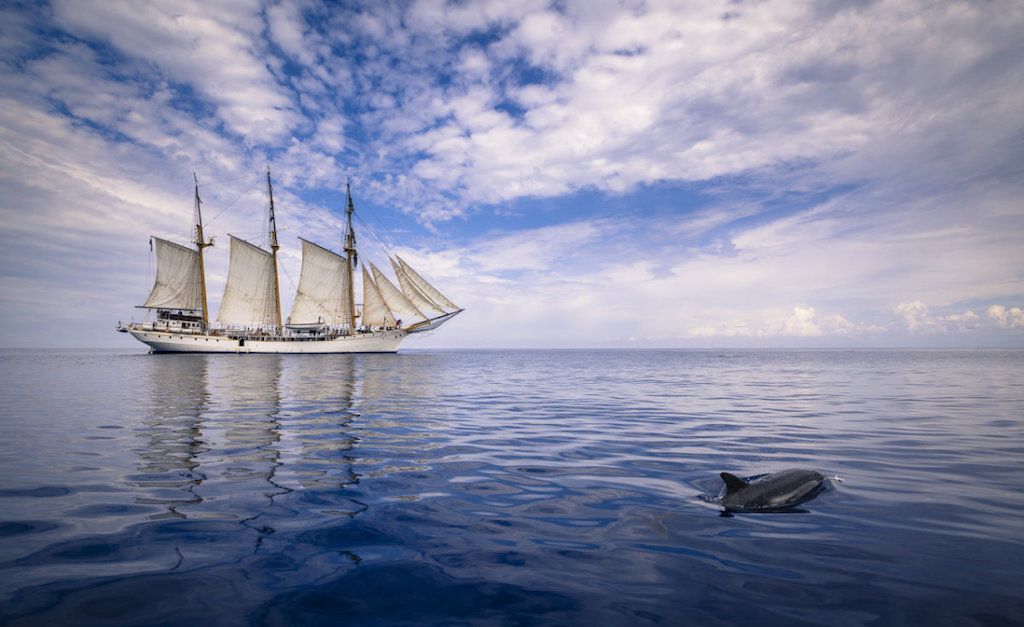
"We realized regular school cruises with students who had practical training on board, and of course, since we were in Malta, it was an opportunity to meet Malta and its rich history, culture, and customs. Also, we met the naval tradition of Malta. And not only the tradition, but the maritime economy, because Malta has managed to preserve an existing maritime economy," says Dr. Stevan Kordić.
For Professor Kordic, as we have already said, this is not the first experience sailing on board the Jadran. During the cruise with students to Bari, Kordić recorded one of his award-winning photographs. His photograph of the Jadran Training Ship and a dolphin won 1st place in the "Landscape" category at the International Photo Contest "Biodiversity" organized by the Institute for the Nature Conservation of Serbia and the Global Scientific Research Foundation. The selection of winners was granted by a special National Geographic jury including Igor Rill, Tino Soriano & Robin Moore in the contest sponsored by the National Geographic Serbia and Canon.
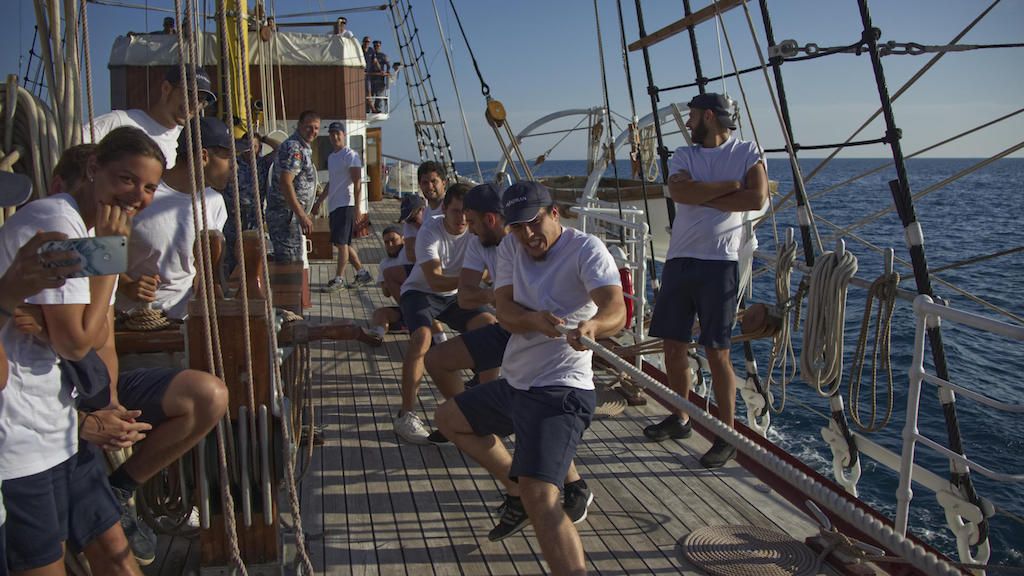
The experience of joint navigation, according to Professor Kordić, brings completely different relations on the connection between the professor and student. "There are completely different relationships with students at the faculty during our stay on the Jadran. One day in the Adriatic is worth more than a year at the faculty. It is a direct connection. Cruising is a much better way to get to know the students, and all of us who have sailed together have this connection as well because we have gone through the experience we all remember for a long time," says Professor Kordić.
Traveling by boat differs from all other modes of travel because the ship represents a specific social environment. "The ship is a small world. If we talk about this cruise, during the three days sail to Malta, and three days back, our world shrinks to about a hundred people. You have the mandatory part of the job in training, which you have to do, but you have plenty of time. The perception of time on a ship is quite different than on the coast, and nine days of our voyage was like nine years on land. For most of our students, this was their first real encounter with the sea. It is one thing when you learn something theoretically, and it is a completely different experience when someone sets you up for the helm of the Jadran. When you remember just how many people started their naval careers, getting rid of this rudder, you have to be honored when it comes down to you. For them, it is their first real maritime experience, including ideal and uncomfortable situations. The sea is not only beautiful and blue, and it also has a face that can be merciless. During this trip, we had the chance to experience a rougher sea on the way to Malta. For many of our colleagues, this was a 'fiery baptism', but it is an integral part of the everyday life of sailors."
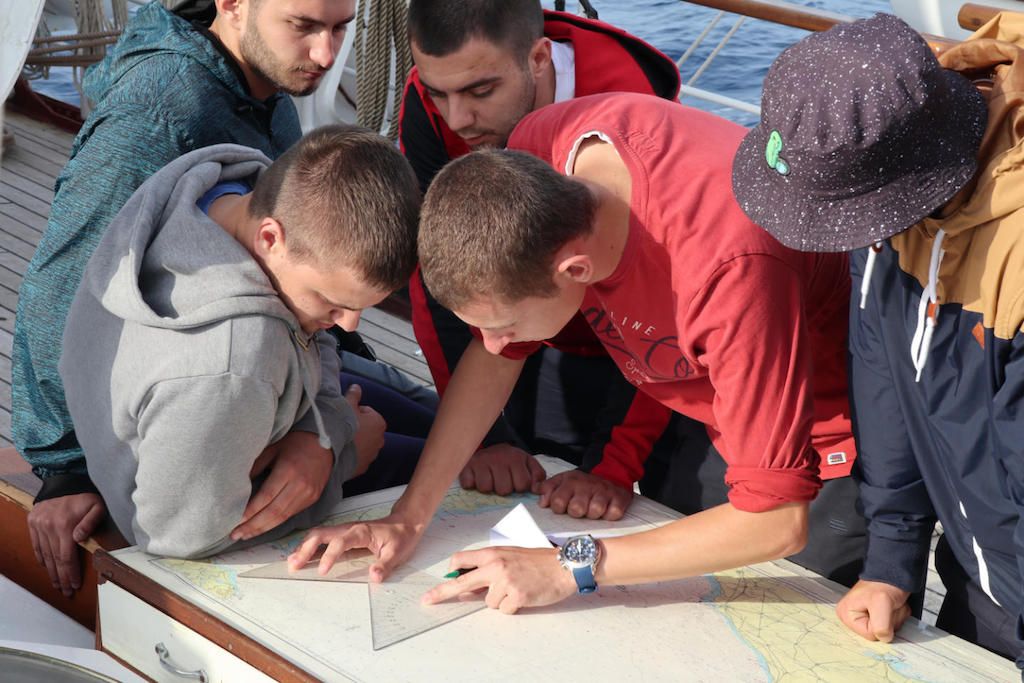
Malta is merely the heart of the Mediterranean and carries that identity in every sense of the word – as a result of its turbulent history and the intertwining of the Mediterranean cultures that have met here, that identity is legible even through the Maltese language.
"The Maltese language is actually the only Semitic language in Europe. It is a variant of the Old-Arabian language, which over the centuries has had a great deal of influence on Italian, French, English, and all political and state structures that governed Malta. The encounter with that language is actually fascinating. Of course, English is very much in use, because England has been the lord of Malta for a long time. Naturally, the Italian language is used, as Sicily is very close. This intertwining of language is again what is the characteristic of the Mediterranean, by intertwining the cultures the languages overlap."
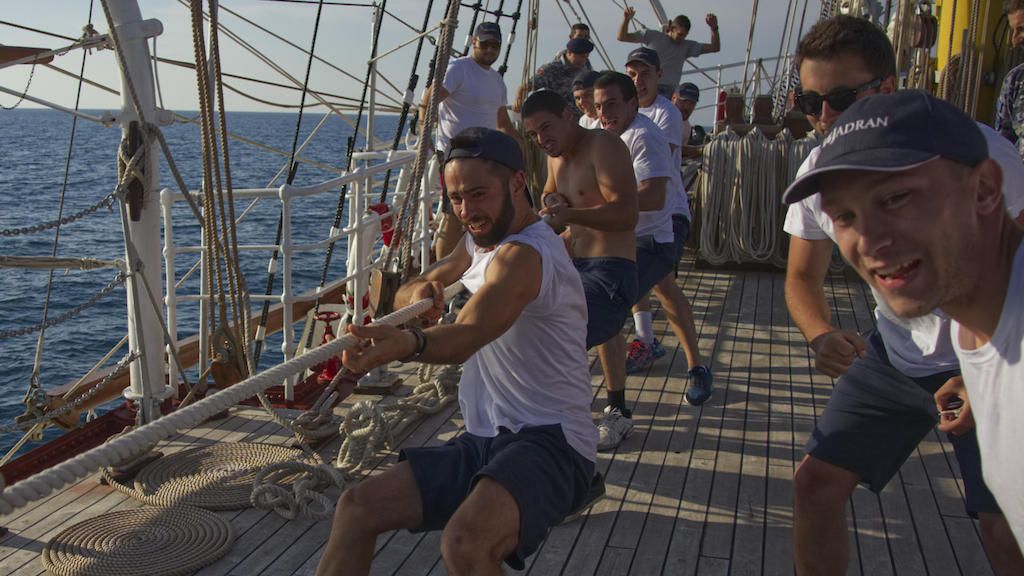
Professor Kordić acquaints us with another fascinating fact – on Malta, is very common to hear the language of the people of the former Yugoslavia, which was a surprise to the Montenegrin expedition. "Malta has about 400,000 inhabitants, of which between 50 and 60,000 are from the territory of former Yugoslavia. They mostly work in the hospitality industry. We met our countrymen at other places, not just in hospitality. But Malta is probably the only foreign country where you can sit in a cafeteria and order coffee or beer in our language, and you will be served without any additional questions because every restaurant we went to had least three of our people," Kordic said surprised, as we are now.
In addition to maritime training, the trip also got to know the cultural and historical monuments of La Valletta. "We first visited the church of St. John, which is the main church of the Maltese Order. This church is, among other things, famous as the place where it was once the famous icon of Filermosa, which is now, in fact, stored in Cetinje. This church is famous for two canvases of Michelangelo Caravaggio. The students were very interested in visiting the church and hearing the story about it, because it is actually a story about the Maltese Order. And the story of Malta, without the Maltese Order, can hardly be apologized. We also went to the fortress of Saint Elmo, the main fortress in La Valletta, the Maritime Museum in Malta, as well as their seamanship training centers. He emphasized the setting in the fort of Saint Elmo. It refers to the history of La Valletta, focusing on the construction of the fortress and numerous sieges that have been through the ages. This is a setting that is very modern, with all the miracles of modern technology that catch you. I would like to see such a story on San Giovanni, with all our siblings and everything Kotor lived for in its walls, to be so effective and modern," says Stevan Kordić, who is also a member of the NGO Society of Friends of the Boka Heritage, which is committed to preserving and promoting the legacy of Boka Bay.
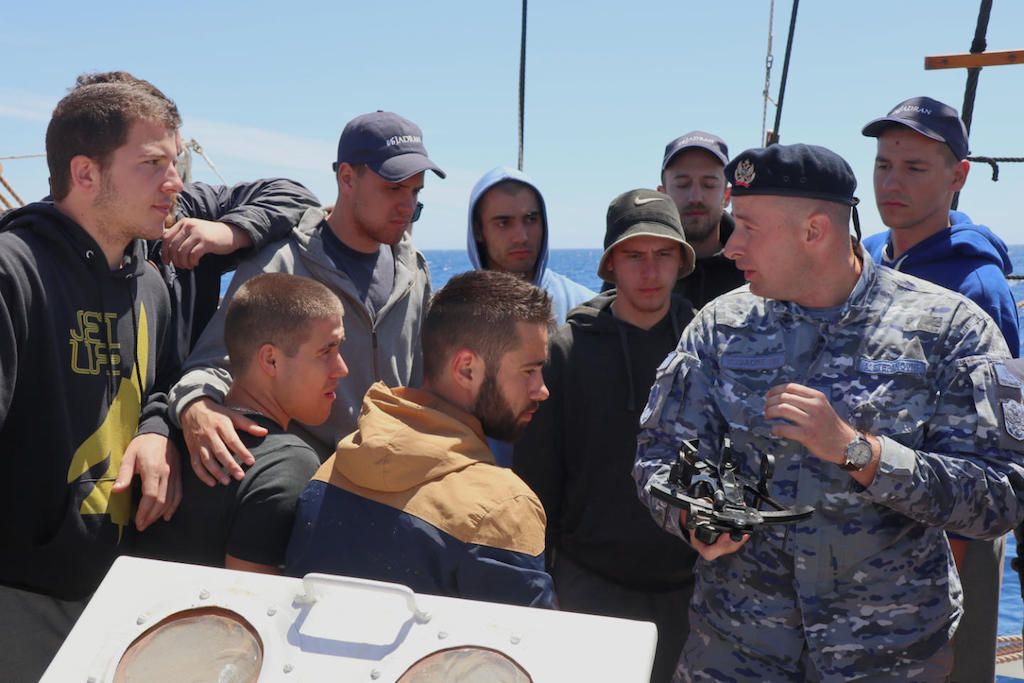
Boka Bay and Malta are very comparable as the meeting place of different cultures through time. "That parallel is very clearly visible. Kotor is a medieval city, and La Valleta is a Baroque city because this medieval layer in the city itself is not as clear as Kotor. But in any case, those are the cities that are under UNESCO protection, cities in which cultures and religions are acquired. There is indeed a great similarity, both in the domain of cultural heritage itself, but also in the part that implies problems of modern life and cultural heritage. We are witnessing that our relationship with the cultural heritage has already been questioned when it comes to the UNESCO site status due to excessive and inadequate construction. And in Malta, you can see similar problems, but interpolation does not destroy the views of the cultural landscape, as it is in our case, which is partly due to geography. What distinguishes us from Malta is that Malta has preserved its shipbuilding industry. They have managed to bring cruises and other forms of tourism to Malta, but also keep the maritime economy, which we did not succeed in doing. Malta has the advantage of being located in the center of the Mediterranean, and as such it is suitable for all the shipping companies operating in the Mediterranean to do services here. I think that they have used this position very well,” Professor Kordic said.
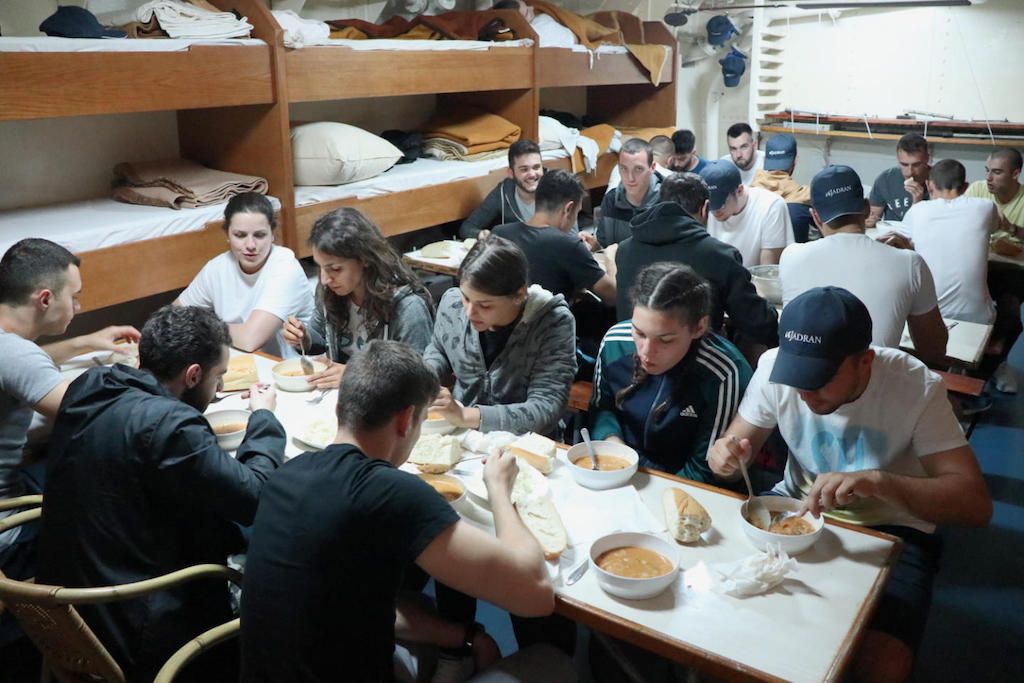
Stevan Kodrić, a mathematician, traveled to Malta with his students as a professor. But, Stevan Kordic is always a professional photographer. "Once you are on the training ship Jadran, that relationship is established for a lifetime. As far as photography is concerned, I can hardly imagine a better place for photography than this ship. This time I was more like a photographer concentrating on documenting students and their activities on board. I think I will soon arrange an exhibition of photographs taken on this trip, which will include a short video, which will also illustrate it. This time I shot a lot of video material, which is new for me because I did not do video before. We’ll see how successful I am," said Stevan Kordić, who has been an official photographer of the Europa Nostra organization for more than ten years. Connecting the cultural elite, Europa Nostra contributes to the development of heritage-related policies at the EU level with the aim of mainstreaming heritage in EU policies and actions and securing adequate funding for culture.
All photos by Stevan Kordić








